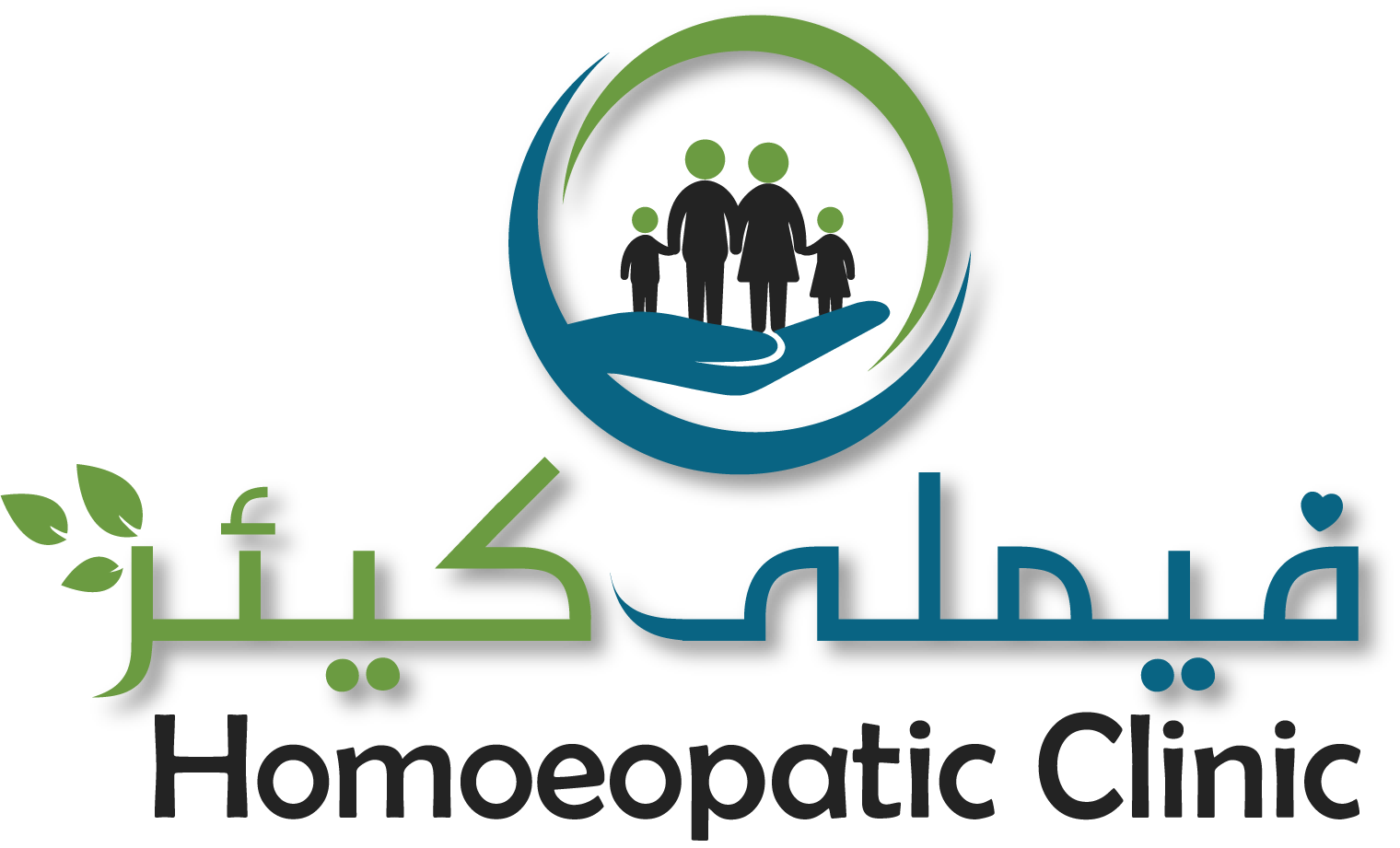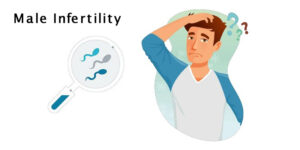Piles, also known as hemorrhoids, is a common condition that affects millions of people worldwide. It occurs when the veins in the rectal area become swollen and inflamed, causing pain, discomfort, and bleeding. In this article, we will discuss the causes, symptoms, and treatment options for piles.
Causes: Piles can be caused by a variety of factors, including constipation, straining during bowel movements, pregnancy, and a lack of fiber in the diet. Chronic diarrhea, obesity, and a sedentary lifestyle can also increase the risk of developing piles. In some cases, piles may be hereditary.
Symptoms: The symptoms of piles can vary depending on the severity of the condition. Common symptoms include pain, itching, swelling, and bleeding during bowel movements. The blood may be bright red or dark, and may be present on the toilet paper or in the toilet bowl. Piles may also cause a feeling of fullness or discomfort in the rectal area, and may protrude from the anus.
Treatment Options: There are several treatment options available for piles, including lifestyle changes, medication, and surgery. The choice of treatment depends on the severity of the condition, the underlying cause, and the patient’s medical history.
Lifestyle Changes: Making changes to your diet and lifestyle can help reduce the symptoms of piles. Eating a diet high in fiber, drinking plenty of water, and exercising regularly can help prevent constipation and straining during bowel movements. It is also important to avoid sitting for prolonged periods and to take breaks to move around and stretch.
Medication: Over-the-counter creams, ointments, and suppositories can help reduce the symptoms of piles. These products contain ingredients such as hydrocortisone, witch hazel, or lidocaine, which can help relieve pain and itching. In some cases, prescription medication may be needed to reduce inflammation and swelling.
Surgery: Surgery may be necessary in severe cases of piles that do not respond to other treatments. There are several surgical options available, including rubber band ligation, sclerotherapy, and hemorrhoidectomy. These procedures aim to remove the swollen veins and reduce the symptoms of piles.
Prevention: Prevention is key to managing piles. Making changes to your diet and lifestyle can help reduce the risk of developing the condition. Eating a diet high in fiber, drinking plenty of water, and exercising regularly can help prevent constipation and straining during bowel movements. It is also important to avoid sitting for prolonged periods and to take breaks to move around and stretch.
In conclusion, piles is a common condition that can cause pain, discomfort, and bleeding. While it can be unsightly, there are several treatment options available to help reduce the symptoms of piles. Prevention is also key to managing the condition, and making changes to your diet and lifestyle can help reduce the risk of developing piles. If you are experiencing symptoms of piles, it is important to speak with your healthcare provider to determine the appropriate treatment options.




